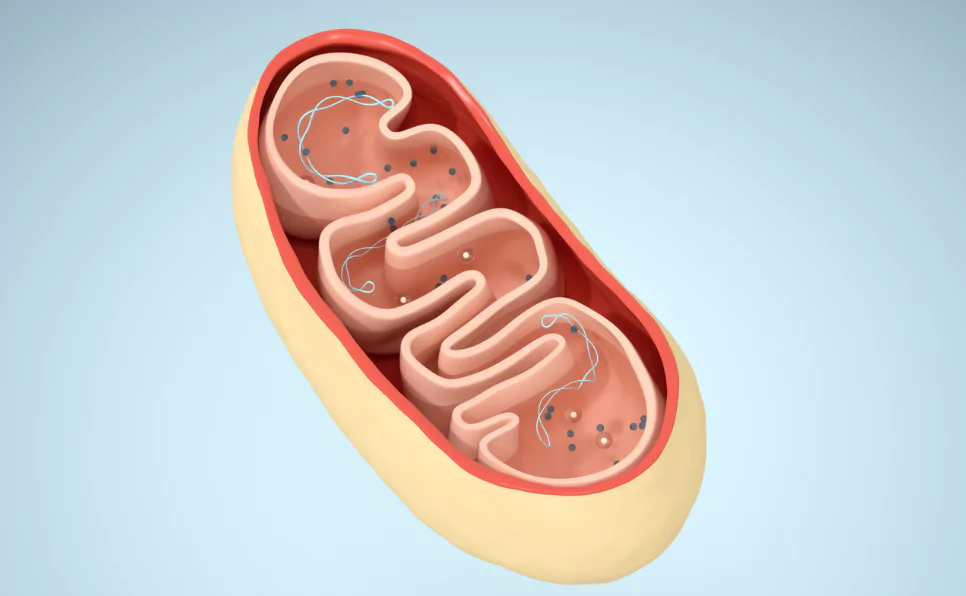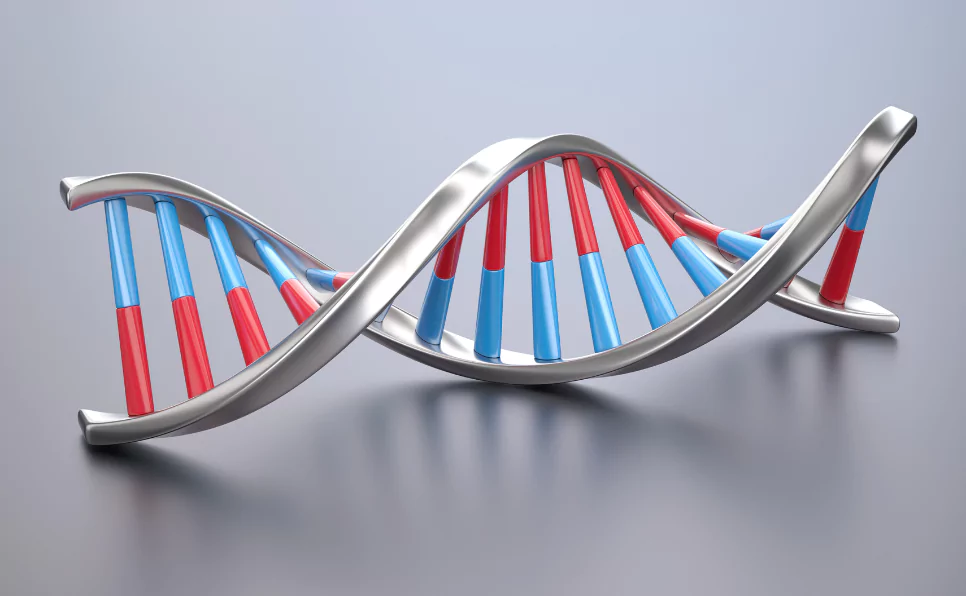select the eye color of mom and dad, along with eye color of grandparents (if available) of both side and predict your Baby’s eye color right now with our eye color genetic calculator.
Child Eye Color Predictor
Select Eye Color of Mother, Father & Grandparents (if known)
Try Other Genetic Calculators:
If parents have hazel eyes
If you are looking for hazel eye calculator, the underlying genetics is much more complex as different degree of colors are observed which are difficult to explain with simple genetics.
However, here is simplified prediction when hazel eyes are involved.
| Hazel | |
|---|---|
| Brown | 50 brown/50 hazel |
| Blue | 50 blue /50 hazel |
| Green | 50 green /50 hazel |
| Hazel | 99% hazel |
So, according to this hazel eye calculations, if one parent is hazel eyes then there is 50% chance of child having hazel eyes. When both parents have hazel eyes then there is 99% chance of child having hazel eyes.
However, this model will not work when brown parent is homozygous for the brown color gene then almost all kids will have brown eyes as it is dominant color over all other eye colors.
How This Eye Color Calculator Works
This tool estimates the chance of what eye color a baby might have, focusing on three colors: brown, green, and blue. It uses a simplified view based on genetics.
Though 16 genes have been reported to influence eye color, there are two main genes that play a big role in determining eye color.
This calculator is based on digenic mode of inheritance. Everyone inherits two versions of each gene, one from each parent. These genes interact in a way where some are dominant (they get to decide the eye color) and some are recessive (they don’t get to decide if a dominant gene is present).
For example, if you have one gene for brown eyes and one for blue, the brown eye gene wins because it’s dominant.
Predicting Eye Color
- If both genes from your parents match, predicting eye color is straightforward.
- However, there are many combinations (16 possible ones), with most leading to brown eyes, a few to green, and only one specific combo leading to blue eyes.
If the phenotype of grandparents is known, we can predict the genotype of the parents with a bit more confidence (though not surely).
For example if both paternal grandparents have brown eyes and father also have brown eyes, there is higher chance of father being homozygous for brown color gene and in that case offsprings will be “almost” always brown eyed.
Despite the calculation, real-life genetics can surprise us. For instance, two parents with blue or green eyes might rarely have a baby with brown eyes.
Understanding the Basics of Eye Color
With modern tools like genetic eye color calculators and genetic charts, predicting your kid’s eye color has become a fun guessing game.
So, let’s find out how eye color genetics calculations work.
Eye have different structural parts and of them iris is the one that gives color. Other parts include a lens that focuses light, and a retina, where this light converts into signals for the brain.
Melanin: The Pigment That Colors Your Eyes
Melanin is the reason for your eye color. The more melanin you have in your iris, the darker your eyes will be.
So, brown eyes are full of melanin, while blue eyes have much less, and green eyes are somewhere in between.
This pigment’s distribution and concentration in the iris create the wide spectrum of eye colors we see in humans.
Melanin determines not just the darkness of our eyes but acts as a natural sunscreen, protecting the eyes from UV rays.
But here’s a fun fact: blue and green pigments don’t actually exist in eyes; it’s all about how melanin and light play together.
Dominant vs. Recessive
Dominant and recessive genes are constantly at tug-of-war. Brown color allele here in eye color is dominating over lighter colors like blue and green.
But, if both parents pass down the recessive blue gene, you might just have a blue-eyed bundle of joy.
It’s all about the combination and dominance of these genes that decides what eye color gets to shine through.
Mix and match of parents genetic combinations decide the eye color of child.
Now, with tools like eye color calculators, Punnett squares, and genetic charts, predicting eye color has become a fascinating blend of science and curiosity.
Predicting a Child’s Eye Color
So how those little ones end up with their eye’s color is not just a roll of the dice.
There’s a method to the madness, and it’s all about genetics. Eye color is not determined by a single gene but by several genes working together.
So how do we get to predict what color eyes your kid might have? Here is when the Eye color calculator come in handy.
You fill in the eye colors of the mama and the papa, and it churns out the probabilities of your baby’s potential eye color.
But if you can even fill for the grandparents’ eye colors, you will get a more detailed prediction.
How calculators works
They use a mix of genetics knowledge like which eye color is dominant over the another and algorithms based on that information to estimate the eye color your mini-me might inherit.
- Inputting parents’ eye colors: This is your basic starting point. Brown eyes are usually dominant.
- Role of grandparents’ eye colors: This adds another layer to the prediction, making it more precise. It’s all about those genes passed down through generations.
Polygenic Inheritance
Eye color is a perfect example of polygenic inheritance. This means it’s influenced by multiple genes rather than just one.
This group of genes (more than 16 identified till date) plays around with melanin, the pigment that decides the color of your eyes, hair, and skin.
More melanin means darker colors, and less melanin means lighter colors.
Different genes (alleles) come together and mix their ‘colors’ to give you the unique shade of your eyes.
Brown might be dominant, but there are exceptions because of this complex gene interactions.
Eye Color Variations
While brown eyes dominate due to their high melanin content, the occurrence of blue, green, amber, gray, and hazel eyes is influenced by the subtle interplay of multiple genes dictating melanin distribution and the presence of other pigments like lipochrome.
Eye color genetics isn’t a straightforward script.
It’s polygenic, meaning multiple genes contribute to the final outcome, creating a spectrum of possibilities.
Brown Eyes: Earth’s Dominant Hue
Brown eyes are the most common eye color worldwide, a fact that speaks volumes about melanin’s prevalence.
People with brown eyes have a high concentration of melanin in their iris, making their eyes appear darker.
This melaninity not only defines the color but also provides greater protection against the sun, a trait likely developed as an evolutionary advantage in sun-rich environments.
Blue Eyes: A Scatter of Light
Like we discussed earlier, blue eyes don’t contain any blue pigment. Instead, the blue color is due to Rayleigh scattering, the same phenomenon that makes the sky look blue.
In blue eyes, light scatters in the stroma, the top layer of the iris, without much melanin to absorb it, creating that blue appearance.
It’s all about physics playing tricks on our perception.
Green Eyes
Green eyes are a rarity, making up a small fraction of the world’s population. Like blue eyes, there’s no green pigment in the eye.
The green hue comes from a similar light-scattering effect, but with a bit more melanin than in blue eyes.
This added pigment absorbs some light, giving the iris a green appearance under certain conditions.
Eye color isn’t just a simple palette of brown, blue, or green. Nature revels in variety. Among the less common but equally captivating eye colors are amber, gray, and hazel.
Amber Eyes
Amber eyes are like pools of liquid gold or honey, glowing warmly under any light. This rare eye color has a solid yellow-copper tint, owing to a lower melanin concentration and the presence of lipochrome (a yellow pigment) in the iris.
Unlike brown eyes, which are dense with melanin, amber eyes sparkle with a golden radiance.
This color is quite rare and often mistaken for a lighter shade of brown.
Gray Eyes
Gray eyes are even rarer than green, with their appearance resulting from a low concentration of melanin and a different composition in the stroma, which scatters light to mimic a gray hue.
Like blue eyes, the gray shade is also due to Rayleigh scattering, where the light reflects in such a way that gives the iris its gray appearance.
However, gray eyes often have more collagen in the stroma, contributing to their distinctive look.
Hazel Eyes
Hazel eyes are a mesmerizing mix of colors, blending green, brown, and gold in varying proportions and patterns.
This variation makes hazel eyes particularly unique, with each pair differing significantly from another.
The multi-colored aspect of hazel eyes is due to the varying concentration and distribution of melanin and lipochrome within the iris.
Depending on the lighting or the colors someone wears, hazel eyes can appear to change color from brown to green, making them intriguingly dynamic.
Beyond Predictions
While genetic calculators and charts offer a peek into the potential eye colors of offspring, they can’t capture the full range of human diversity.
Tools like these offer a simplified glimpse into this complex process, helping us predict eye color based on parental genetics.
Yet, these tools can only provide estimates, not certainties.
Eye Color Changes Over Time
Infant Eye Color
Most babies are born with light-colored eyes, primarily due to the lack of melanin.
Newborn’s eye color can start changing within 6 to 9 months, and the final eye color can take up to 3 years to settle.
The amount of melanin produced in the iris cells during the first few years of life can affect color change. Less melanin results in blue or green eyes, while more melanin leads to brown or hazel eyes.
This change is primarily because melanin concentration in the iris changes in response to light exposure.
Adulthood Changes
Though it’s rare, eye color can change even in adults. While most of the time, the changes are subtle, they can be more pronounced due to several reasons:
- Health Conditions: Certain conditions like Horner’s syndrome, Fuch’s heterochromic iridocyclitis, or pigmentary glaucoma can cause eye color changes.
- Environmental Factors: Extended exposure to the sun can also cause the eyes to appear darker. Conversely, a significant lack of exposure to natural light can result in lighter eyes.
Factors such as age and changes in light reflection and absorption in the iris can lead to the perception of color change. However, actual pigment changes in the iris are less common and usually linked to specific conditions.
Heterochromia
Heterochromia is when someone have two different colored eyes.
It can be inherited or occur due to certain conditions or injuries.
Heterochromia can range from a complete difference in color between the two eyes to a segment of a different color in one eye.
It’s all about the distribution (or lack thereof) of melanin.
FAQs About Eye Color Genetics
Can Two Blue-Eyed Parents Have a Brown-Eyed Child?
Most of us learned in school about dominant and recessive genes and brown eye color often comes out on top because it’s dominant. But, two blue-eyed parents can indeed produce a brown-eyed kid, though rarely. The chances of blue eyes are typically linked to the variations in OCA2 and HERC2 gene. If the blue eye color of the parents is primarily due to the HERC2 variation that inhibits OCA2, and not because of a lack of melanin-producing capability inherent to OCA2 itself, then it’s possible for them to pass on alleles that allow for full OCA2 function to their child. If the child does not inherit the HERC2 variation that reduces OCA2 activity, the child could express the melanin production levels for brown eyes, assuming there are no other inhibitory factors. Though rare, this scenario is not impossible.
Is Heterochromia Common?
Heterochromia is when someone has two different colored eyes or multiple colors in one eye. It’s pretty rare. Most cases are genetic, though it can also come from an injury or illness.
Is it possible to permanently change one’s eye color?
It’s doable but there are some serious risks involved. Some opt for medical procedures to switch up their eye shade permanently. Though it sounds cool, it’s packed with risks and hefty price tags. Most people stick to colored contacts for a risk-free color swap.
How accurate are baby eye color predictors?
Baby eye color predictors, like the one you used above, are fun to play with but don’t bet the farm on them. They give you a rough idea based on genetics basics but can’t predict it 100% due to the complex nature of genetics. Eye color involve over 16 genes and their complex interplay can lead to unexpected results.
Why do newborns often have blue eyes that change color?
Newborns often sport blue eyes right out the gate because their melanin hasn’t fully kicked in. As they grow and melanin production ramps up, their eye color can change. This process might take a few years to settle on a permanent color.

Dr. Sumeet is a seasoned geneticist turned wellness educator and successful financial blogger. GenesWellness.com, leverages his rich academic background and passion for sharing knowledge online to demystify the role of genetics in wellness. His work is globally published and he is quoted on top health platforms like Medical News Today, Healthline, MDLinx, Verywell Mind, NCOA, and more. Using his unique mix of genetics expertise and digital fluency, Dr. Sumeet inspires readers toward healthier, more informed lifestyles.




